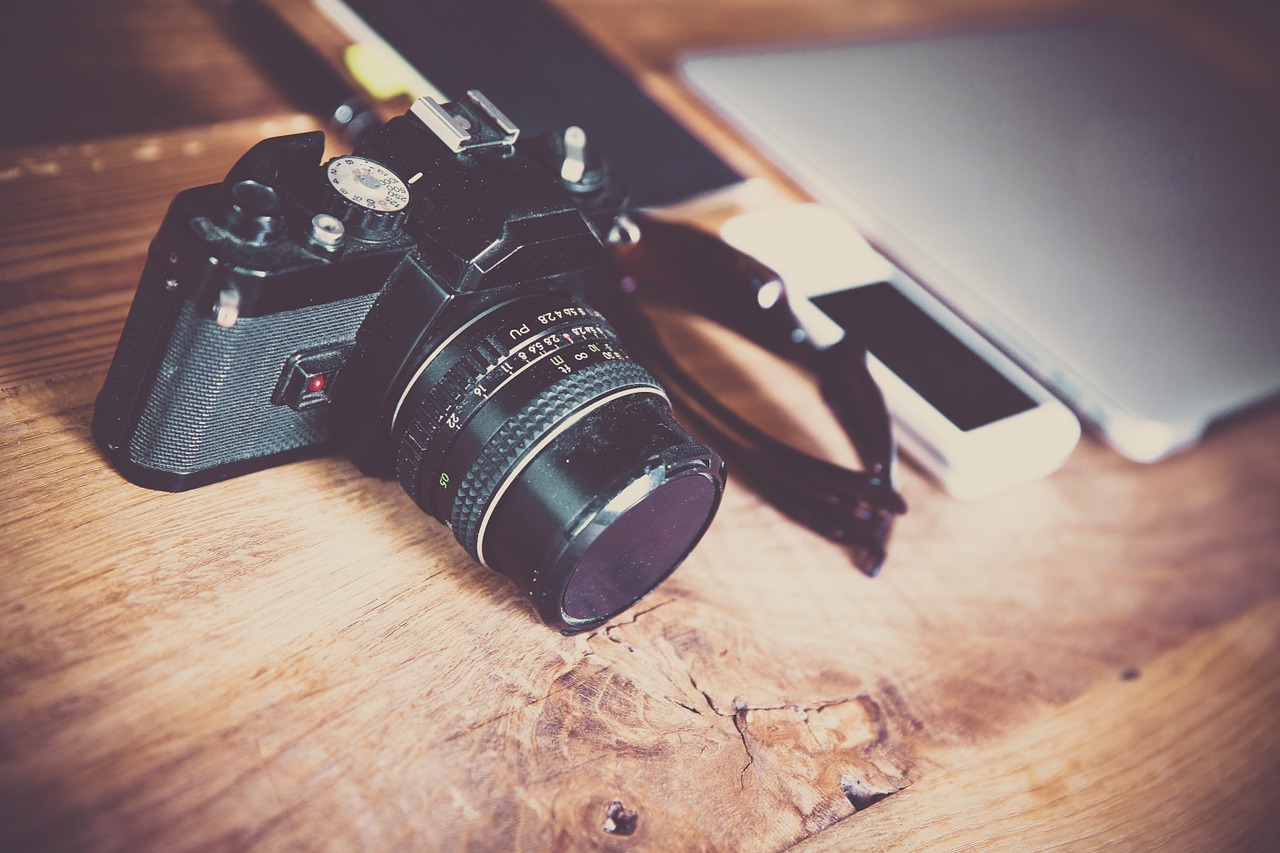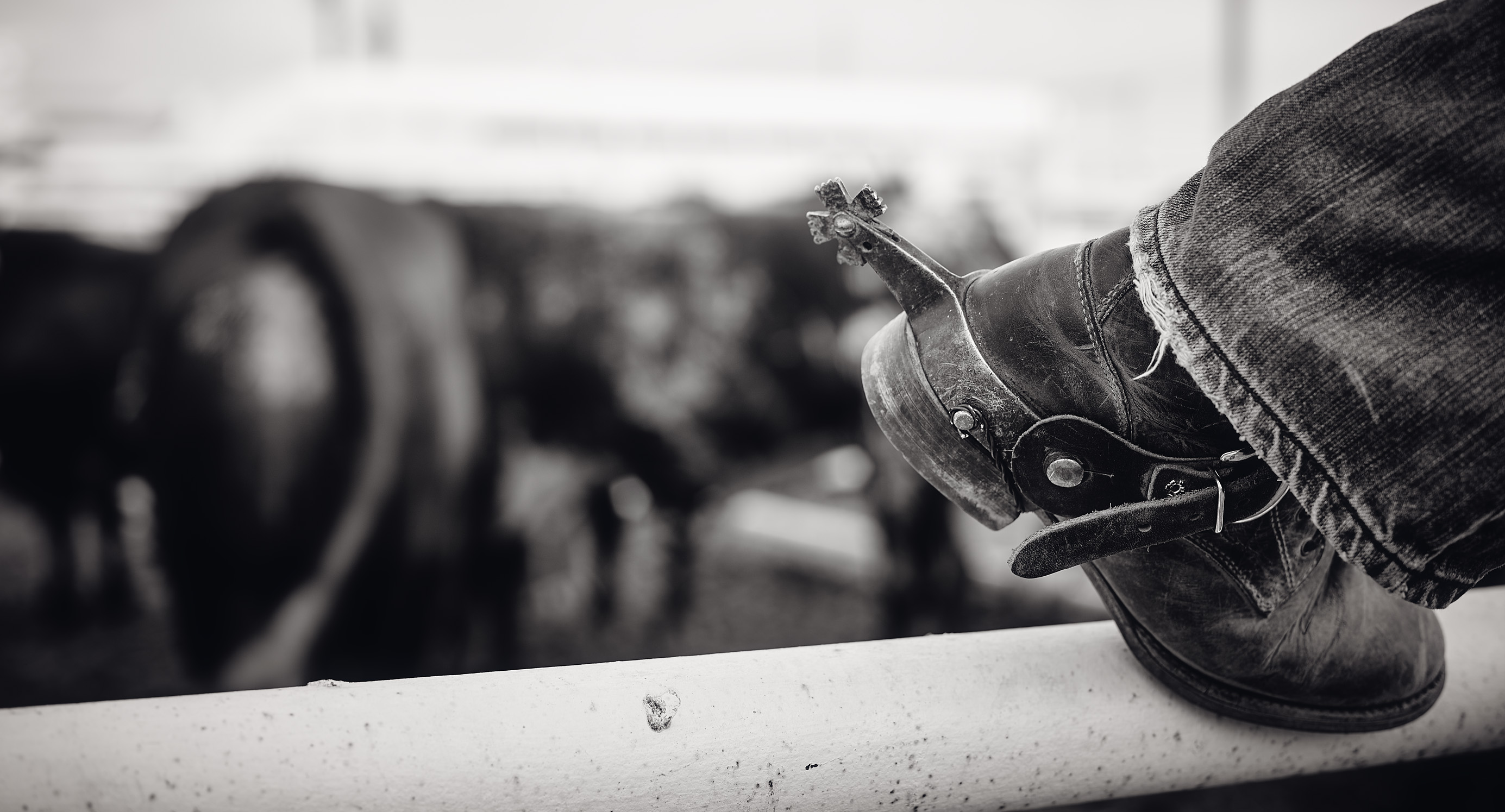Presentation matters a lot in today’s times. It reflects upon your concern for catering to every single little detail. Even a dismal picture or even such a situation can be turned around to look visually stunning if presented like that. Not only in case of photographs do presentation matters but also in case of things like home decor, websites etc. Making a regular routine stuff really appealing is not a child’s play. One needs to have the required skills and the perfect understanding of what goes best with something to attract acknowledgement and appreciation ultimately. Mastering this art definitely requires effort. Let’s look into the credible details of making a photo look professional and therefore appealing.
- Getting the professional grade camera and equipments – Prime lenses, tripod, speed-lite etc. are some of the tools required along with the right professional camera. For instance a wide angle lens is used to create depth in your image. One won’t be able to achieve this with any random smartphone or camera. So, it is highly recommended to get professional grade equipments once you seriously consider giving your photos a professional touch.
- Fill the frame – you need to fill the frame with what you like. This is the most important rule of photography and the one that never should be broken. Best way to zoom into an object is by getting closer. Just remove the clutter from your picture. Whatever doesn’t interest you, remove it and then just fill that space with whatever object you want to focus on. Hence you need to figure out what the photo is really about and then choose the elements to be included wisely.
- Simplify and exaggerate – a good photo is like a caricature. After figuring out what to put in your photo you need to exaggerate its characteristics. For instance, contrasting colours to make your subject stand out, use other objects to create a sense of scale, use a long shutter speed to emphasize movement or zoom in on one particular feature. These simple tricks let you create a photo with the right mix of focus and punch.
- Don’t center your subject – divide your entire photo into sections (imaginary), say a tic-tac-toe board. Then, put your most important elements on the vertical and horizontal lines of that grid. This is known as the rule of thirds. This lets us define a relationship between the different elements, emphasize what you think.is the most important or create a visual gateway through the photo. However there are some exceptional situations like capturing a reflection, abstract, counterpoints etc. where you want two parts of a photo to have the same visual weight. Here you could go with the rule of halves, quarters, one of a pie or whatever feels right.
- Create depth – this is what is known as near far composition. It is used to create depth and pull people into your image. It’s done by pulling foreground subject close to your camera and a background subject away from your camera. This helps in creating a story and a context for your image. You also create a three dimensional sense of depth and perspective. It gives the viewer an almost real life visual. It feels like the viewer is actually there and experiencing the reality, captured in the image, in front of him. Using a wide lens is best for capturing such scenarios. Getting really close to your subject with a wide angle lens and then capturing the beauty will definitely create a stunning visual in your image and create depth in the photo. This is going to be as close to reality as it can get.
- Connect the dots – if you have multiple subjects in your photo then the story of your image is about the connection between all those subjects or elements. If you connect them in a proper manner as in with the help of a line (imaginary, of course), then it’s going to offer the viewer a ten times better experience in letting him understand the story behind your photo. Visually connecting these elements with the help of leading lines guide the viewer to see and perceive the picture in the desired manner. Leading lines offer the viewer with a visual journey. Anything could be a good leading or connecting line if you use the right perspective like a river connecting your foreground to your background or a sand dunes’ ridge to draw the viewer’s eye for your frame. No matter how you use them, leading lines are an awesome way to connect the different elements of your photo.
- Perspective is everything – capturing an amazing photo is all about presenting something the other person has never seen before. We have looked at every single thing from eye level, for our whole life, and having only that perspective in a photo gets boring for the viewer because it’s usual for him/her. Seeing a beautiful grass field in a photo is normal but when we look at a photo that has been taken while laying down in the grass field and getting a close up view of the fresh, green grass, the real beauty emerges and we see a wonderful, unique and interesting photo.
- Great lighting is essential – daytime (the noon, particularly) is the time when most of the people get to work but for photography this time is the worst. This is because the light is too harsh at that time. Sunrise and sunset usually offer the most interesting skies and most pleasing light on your photograph. Alternatively you could move into the shade, during the noon, as shady conditions or cloudy weather conditions give a nice, soft and even light. Such lights are very flattering for beautiful portraits or flower photography. Sometimes it’s not possible for you to change location and move here and there and doesn’t seem practical too. Use directional lighting to your advantage. For instance, shooting into the sun can make the photo go dark, so shoot away from the sun, along with the sun or put the sun at an angle, thus, keeping your exposure even.
- Break all the rules – get out there and break all the rules except rule no. 2 (fill the frame). Photography is about enjoying yourself and capturing things your way. Your perspective plays out in the photo. So, don’t be afraid to break from the usual and experiment and innovate. Even the most amazing discoveries were made by accident, so be on the lookout, you never know what life might offer you!
- Getting the right software tools – now when you got all the nuances of professional photography right, there might be some books and corners that might need some catching up to do. Like, adjusting shadows, brightness etc. Software tools come to your rescue here. Adobe lightroom, Photoshop, Pixlr, Polarr etc. are some the tools used for editing professional photos.



